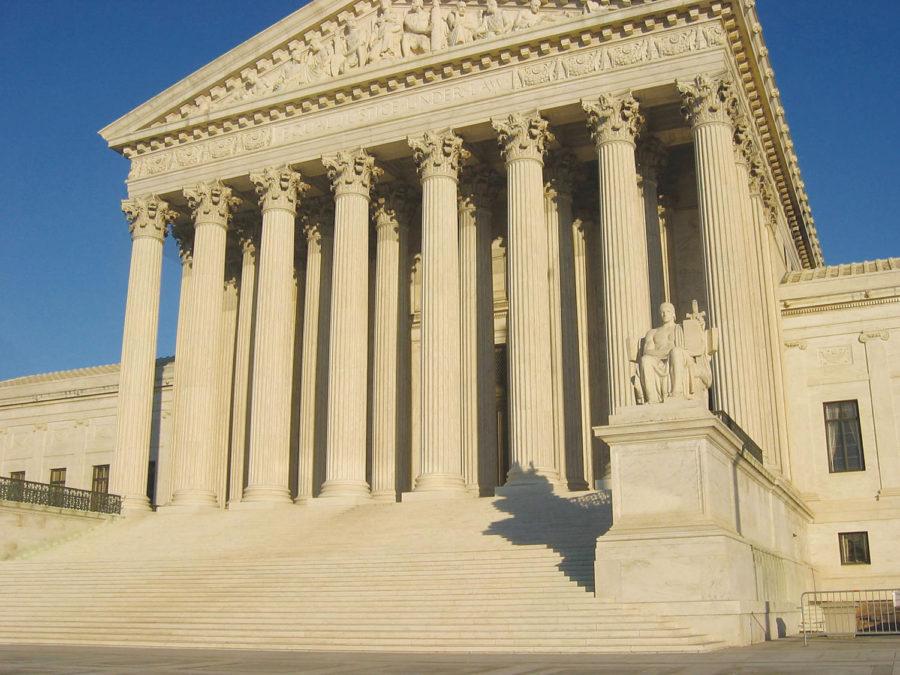What the Supreme Court health care ruling means to you
June 28, 2012
The Supreme Court’s decision Thursday to uphold the Affordable Care Act means that the predictions about how it will affect all Americans remain in place.
Here are some highlights:
The uninsured
The decision leaves in place the so-called individual mandate — the requirement on Americans to have or buy health insurance beginning in 2014 or face a penalty — although many are exempt from that provision.
In 2014, the penalty will be $285 per family or 1% of income, whichever is greater. By 2016, it goes up to $2,085 per family or 2.5% of income.
Health care exchanges, which are designed to offer cheaper health care plans, remain in place as well.
The insured
Because the requirement remains for people to have or buy insurance, the revenue stream designed to help pay for the law remains in place. So insured Americans may be avoiding a spike in premiums that could have resulted if the high court had tossed out the individual mandate but left other requirements on insurers in place.
Young adults
Millions of young adults up to age 26 who have gained health insurance due to the law will be able to keep it. The law requires insurers to cover the children of those they insure up to age 26. About 2.5 million young adults from age 19 to 25 obtained health coverage as a result of the Affordable Care Act, according to the U.S. Department of Health and Human Services.
Two of the nation’s largest insurers, United Healthcare and Humana, recently announced they would voluntarily maintain some aspects of health care reform, including coverage of adult dependents up to age 26, even if the law was scrapped.
People with pre-existing conditions
Since the law remains in place, the requirement that insurers cover people with pre-existing medical conditions remains active.
The law also established that children under the age of 19 could no longer have limited benefits or be denied benefits because they had a pre-existing condition.
Starting in 2014, the law makes it illegal for any health insurance plan to use pre-existing conditions to exclude, limit or set unrealistic rates on coverage.
It also established national high-risk pools that people with such conditions could join sooner to get health insurance. As of April, a total of only about 67,000 people were enrolled in federally-funded pools established by the health care law, according to the National Conference of State Legislatures.
More than 13 million American non-elderly adults have been denied insurance specifically because of their medical conditions, according to the Commonwealth Fund. The Kaiser Family Foundation says 21% of people who apply for health insurance on their own get turned down, are charged a higher price, or offered a plan that excludes coverage for their pre-existing condition.
All taxpayers
No matter what the Supreme Court had decided, it would have been a mixed bag for all Americans when it comes to federal spending. There is heated dispute over what impact the health care law will have on the country over the long term.
The federal government is set to spend more than $1 trillion over the next decade to subsidize coverage and expand eligibility for Medicaid. The nonpartisan Congressional Budget Office estimated that the law could reduce deficits modestly in the first 10 years and then much more significantly in the second decade.
The CBO said a repeal of the mandate could reduce deficits by $282 billion over 10 years, because the government would be subsidizing insurance for fewer people. But the nation faces costs in various ways for having people who are uninsured. The Urban Institute’s Health Policy Center estimated that without a mandate, 40 million Americans would remain uninsured.
Meanwhile, the Flexible Spending Accounts that millions of Americans use to save money tax-free for medical expenses will be sliced under the law. FSAs often allow people to put aside up to $5,000 pre-tax; as of 2013, they were to face an annual limit of $2,500.
Small business owners
The rules and benefits small business owners face as a result of the health care law remain in place.
As CNN has chronicled, the law brought a mix of both. The director of the National Federation of Independent Business is one of the plaintiffs who pushed the court to strike down the law. Meanwhile, a group called Small Business Majority fought to protect the law, saying its loss could be a nightmare.
As of 2014, under the law, small firms with more than 50 full-time employees would have to provide coverage or face expensive fines.
All Americans, in lesser known ways
The massive health care law requires doctors to report goodies they get from medical supply companies; demands more breastfeeding rooms; requires all chain restaurants to list calories under every menu item, and includes numerous other provisions, which now remain in place.
Doctors and other health care providers
Health care providers have already begun making changes based on the 2010 law, and in preparation for what will go into effect in 2014. Those plans continue.
In the short term, doctors avoid “chaos” that may have resulted from the law suddenly being dropped or changed, according to Bob Doherty, senior vice president of governmental affairs at the American College of Physicians, who wrote a blog post on the website kevinmd.com this spring.
Medical groups have disagreed over the law.
CNN’s Miriam Falco, Caleb Hellerman and Jennifer Bixler contributed to this report.







